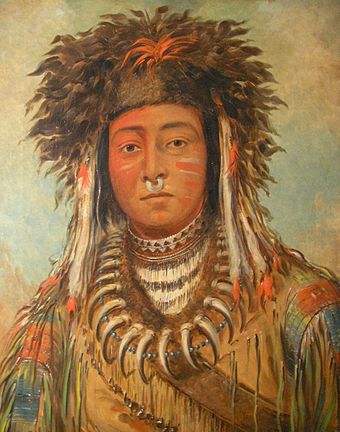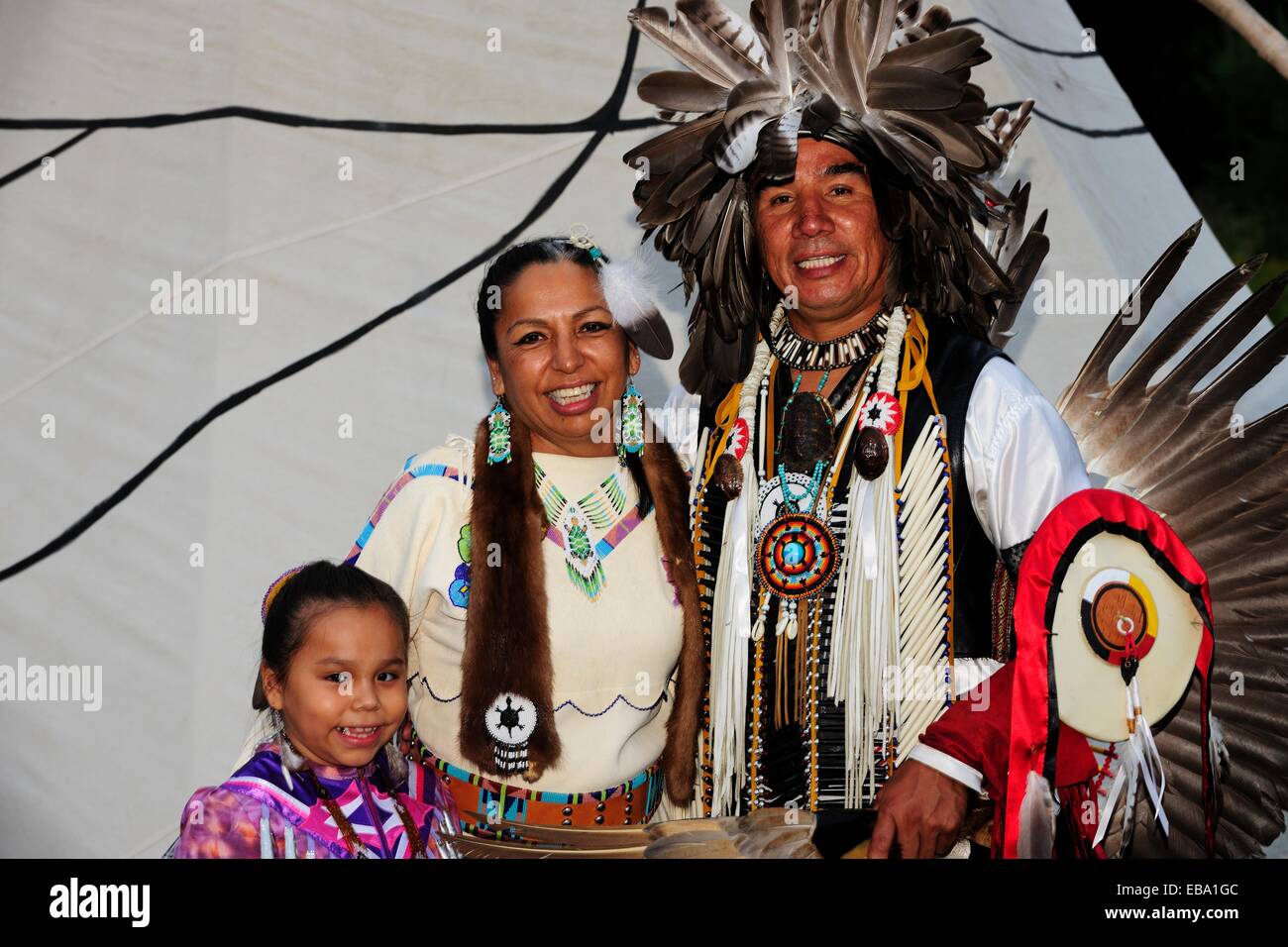:max_bytes(150000):strip_icc()/Ojibwe_Traditional_Wickiup-ad16ebd67f0e46199d2166dd1a7a170f.jpg)
Mapping Sweet Traditions: An Immersive Journey into an Ojibwe Sugar Bush
Forget the laminated tourist maps that point to gift shops and scenic overlooks. To truly understand the land and its people, sometimes you need to consult maps that aren’t printed on paper but are etched into memory, passed down through generations, and read in the very contours of the earth. I’m talking about the Ojibwe traditional sugar bush maps – not literal cartographic documents, but a profound body of ancestral knowledge detailing prime maple stands, sustainable harvesting routes, and the sacred relationship between the Anishinaabe people and Aninaatig (the maple tree).
My journey took me deep into what I’ll call Gaa-Mino-Aabiziing – "The Good Sugar Bush Place" – a contemporary, community-run Ojibwe sugar bush operation nestled in the heart of what is now northern Michigan, though its roots and traditions stretch across vast swathes of Anishinaabe Aki (Ojibwe territory). This isn’t just a place; it’s a living classroom, a sensory feast, and a spiritual reconnection to a practice that has sustained the Ojibwe for millennia.
The Road Less Traveled, Leading to Sweet Discovery

The drive itself was part of the immersion. Leaving the paved highways behind, we navigated a series of increasingly narrow, snow-dusted gravel roads, the winter landscape gradually giving way to dense forests dominated by towering maples, their bare branches reaching like skeletal fingers against a crisp blue sky. The air grew colder, cleaner, carrying the faint, earthy scent of damp soil and woodsmoke. There was a palpable sense of anticipation, a shedding of the urban world with every mile deeper into the quiet woods.
Upon arrival, the first thing that hits you is the smell: a rich, intoxicating blend of woodsmoke, boiling sap, and the unmistakable sweetness of maple. It’s a primal, comforting aroma that instantly tells you you’ve arrived somewhere special, somewhere ancient. A modest, rustic sugar shack, built from rough-hewn timber, puffed steam from its vents, a beacon of warmth and activity in the otherwise still forest. Smoke curled lazily from its chimney, painting ephemeral streaks against the backdrop of snow-laden pines.
Understanding the "Maps" That Aren’t on Paper
Our hosts, members of the local Ojibwe community, greeted us with warm smiles and steaming cups of cedar tea. They immediately began to unravel the concept of the "sugar bush maps." These aren’t lines on a page; they are a sophisticated, internalized understanding of the forest ecosystem. They represent knowledge of which trees yield the sweetest sap, where the densest stands are, how to navigate the terrain in late winter, and crucially, how to do so in a way that respects the land and ensures its bounty for future generations.

"Our ancestors didn’t need paper maps," explained Miigwan, one of the elder guides, gesturing towards the surrounding trees. "They were the map. They knew every rise and fall of the land, every stream, every stand of trees. Their maps were in the stories, in the songs, in the way they moved through Anishinaabe Aki." This deep, intuitive knowledge is what allowed them to return to the same productive sugar bushes year after year, sometimes for centuries, without depleting the resource. It’s a testament to a sustainable land ethic that predates modern environmentalism by millennia.
The Living Process: From Tree to Treat
The heart of the experience at Gaa-Mino-Aabiziing is participating in the actual sugar-making process. We were led into the forest, crunchy snow underfoot, to witness the tapping of the maple trees. It’s a simple yet profound act. Using a hand-brace drill, a small hole is bored into the trunk, and a metal spile (or in some traditional demonstrations, a hand-carved sumac spile) is gently hammered in. The magic then begins: a clear, watery drip of sap, tasting faintly sweet and incredibly pure, emerges from the spile, filling small tin buckets hung below.
This is Manidoominikaan, the Maple Sugar Moon, a time of renewal and hard work. We learned about the "sweet water" and the delicate balance required: the right daytime temperatures to get the sap flowing, followed by freezing nights to halt it, building pressure within the tree. It’s a dance with nature, dictated by the rhythm of the seasons.

We participated in collecting the sap, carrying heavy buckets back to the sugar shack. Here, the true transformation takes place. Inside the rustic shack, the air was thick with steam and the comforting smell of woodsmoke. A large, shallow evaporator pan, heated by a roaring wood fire, held thousands of gallons of sap, bubbling and reducing. The water content, which makes up 98% of the sap, slowly evaporates, concentrating the sugars into that rich, amber syrup we know and love.
A Feast for the Senses: Taste, Touch, Sound
The sensory experience at Gaa-Mino-Aabiziing is unparalleled. The sound of the sap dripping into buckets, a gentle rhythm in the quiet forest. The feel of the cold, clear sap on your tongue, followed by the warmth of the steam in the sugar shack. The sight of the boiling sap, a mesmerizing, churning golden pool. And, of course, the taste.
We sampled sap fresh from the tree – surprisingly subtle, almost like slightly sweet water. Then, the gradual progression: light, golden syrup with delicate notes; darker, richer syrup with bolder flavors; and finally, the ultimate treat: ziisibaakwad, maple sugar candy. Poured hot onto fresh snow, the syrup instantly hardens into chewy, sweet taffy, a truly magical moment that evokes childhood wonder. This isn’t just a snack; it’s a direct connection to a vital food source that sustained the Ojibwe through long, lean winters.
Cultural Resonance and Storytelling
Beyond the process, what truly distinguishes Gaa-Mino-Aabiziing is the profound cultural immersion. Our guides, with a blend of reverence and humor, shared stories and teachings passed down through generations. We heard the Anishinaabe creation story of Aninaatig, often involving Nanaboozho, the trickster-hero, and how the Creator gifted the maple tree to the people, but then made the sap watery so they would have to work for its sweetness, teaching them the value of labor and gratitude.

We learned about the traditional tools – wiigwaas (birch bark) containers for collecting and boiling sap before the introduction of metal, the significance of the first taps of the season, and the communal aspect of the sugar bush. It wasn’t just about making syrup; it was about community, about teaching the young, about respecting the spirit of the tree, and about giving thanks for the earth’s bounty. The sugar bush was a social hub, a place for elders to share wisdom and for families to reconnect after the long winter.
Sustainability and Modern Relevance
The Ojibwe traditional sugar bush maps, as interpreted at Gaa-Mino-Aabiziing, are not just historical curiosities. They are living blueprints for sustainable living. The care taken in tapping, the understanding of the forest’s health, the cyclical nature of the harvest – all are rooted in a deep ecological wisdom. The operation at Gaa-Mino-Aabiziing exemplifies this, balancing traditional methods with modern efficiency where appropriate, always with an eye towards minimizing impact and ensuring the health of the maple stands for centuries to come. It’s a powerful lesson in environmental stewardship that feels incredibly relevant in today’s world.
A Deeper Connection
Leaving Gaa-Mino-Aabiziing, I carried more than just bottles of exquisite maple syrup and bags of delicious maple sugar. I carried a renewed sense of connection – to the land, to history, and to the enduring spirit of the Ojibwe people. The experience transcends simple tourism; it’s an invitation to step into a living history, to participate in a sacred tradition, and to gain a profound appreciation for the intricate relationship between humans and the natural world.
It’s a reminder that maps aren’t always lines on paper. Sometimes, the most valuable maps are those carried in the heart, passed down in stories, and read in the rustle of leaves and the flow of sweet water. They guide us not just to a destination, but to a deeper understanding of ourselves and our place in the world.
Practicalities for Your Visit:
- Best Time to Visit: Late winter to early spring (typically late February through April) is sugar bush season, dependent on weather conditions. This is when the sap flows.
- Booking: Many Indigenous-run sugar bushes are small, community-based operations. It’s crucial to book well in advance, often through their tribal offices, cultural centers, or dedicated tourism websites. Tours are often limited to small groups to ensure an intimate experience.
- What to Wear: Dress in layers for cold, potentially wet weather. Waterproof boots are essential, as you’ll be walking through snow and possibly mud.
- What to Bring: An open mind, a camera (with respect for privacy), and cash for purchasing maple products directly from the community.
- Accessibility: Expect rustic conditions. Paths through the sugar bush may not be paved or even, and facilities are often basic.
- Support: Your visit directly supports Indigenous communities and helps preserve traditional practices. Embrace the opportunity to learn, listen, and connect.
Gaa-Mino-Aabiziing, or any authentic Ojibwe sugar bush experience, is more than a trip; it’s a pilgrimage to the heart of Anishinaabe culture, a journey guided by maps of tradition, resilience, and the sweet, enduring spirit of the maple tree. It’s an adventure for the senses, the mind, and the soul.


